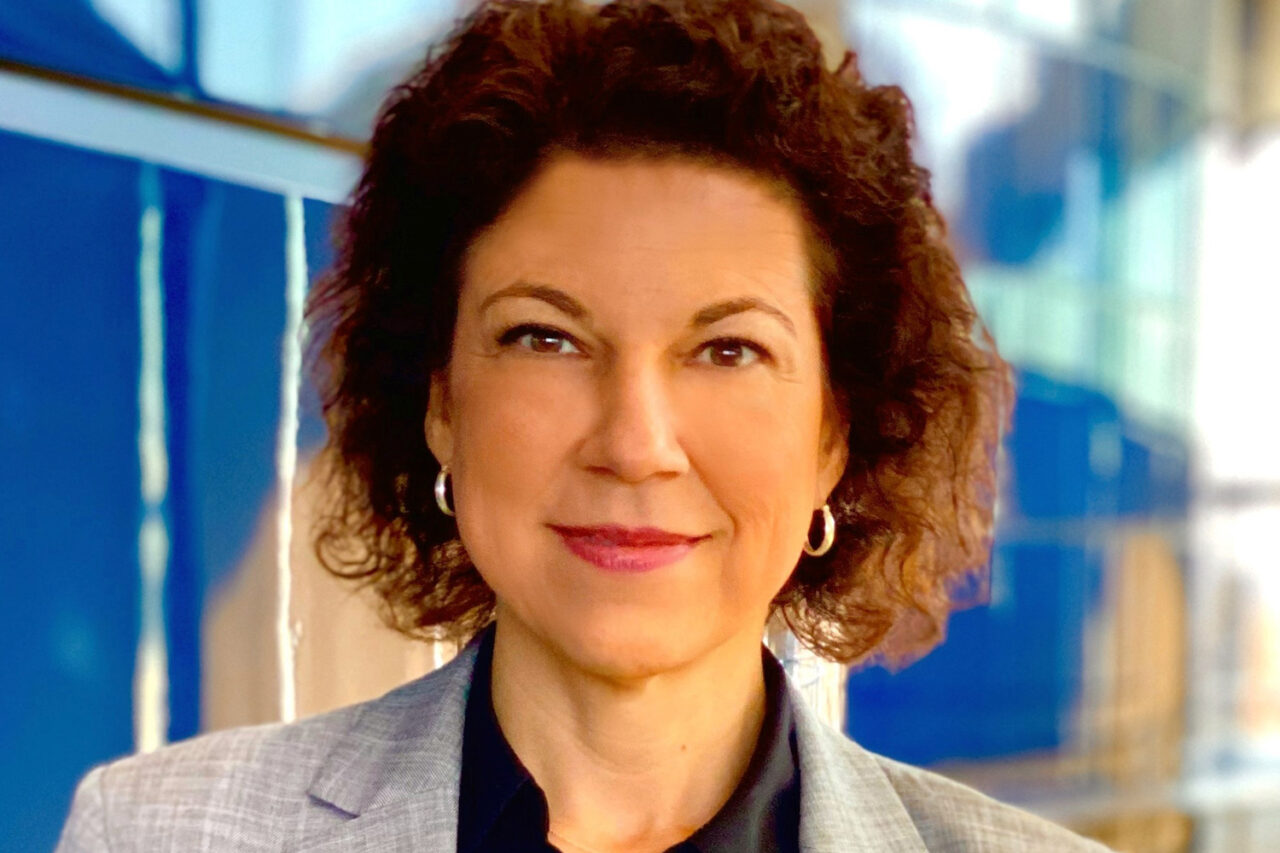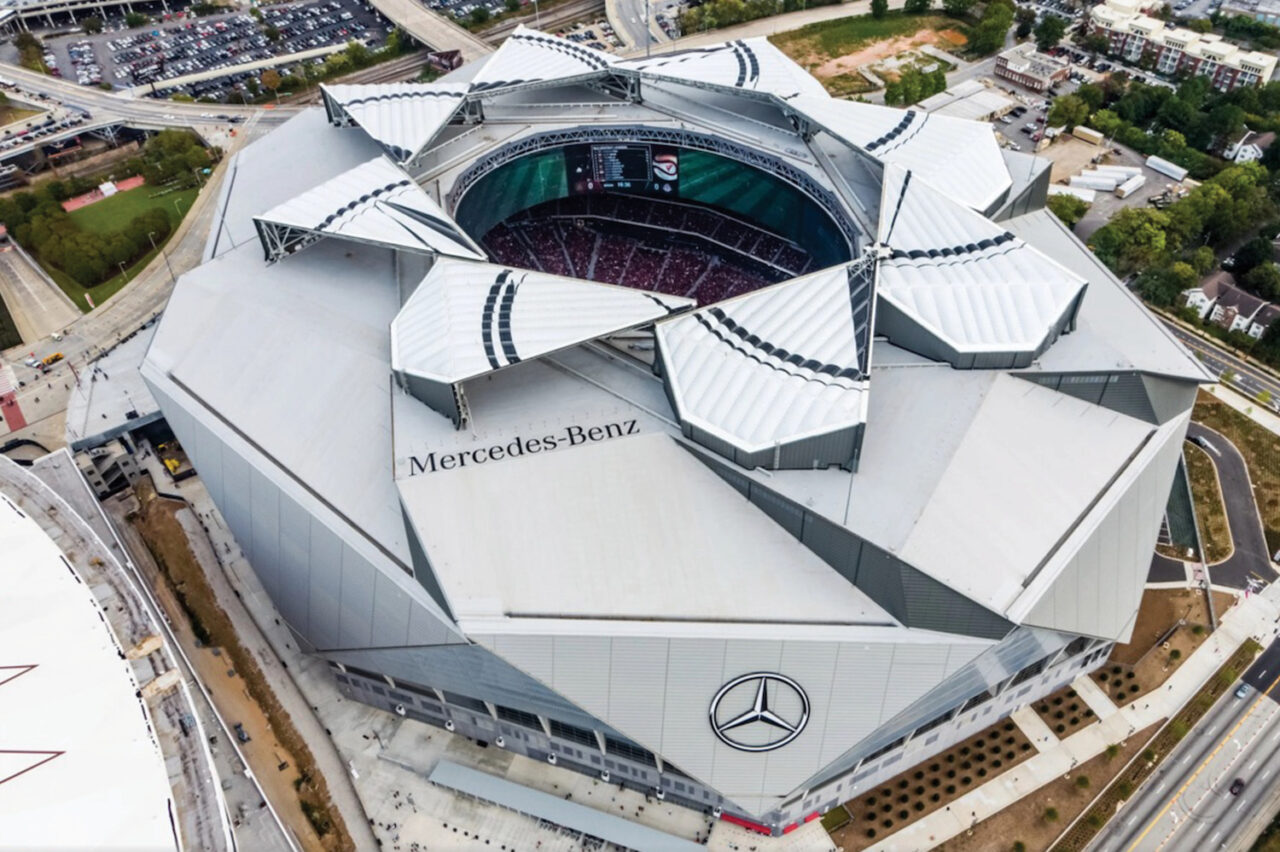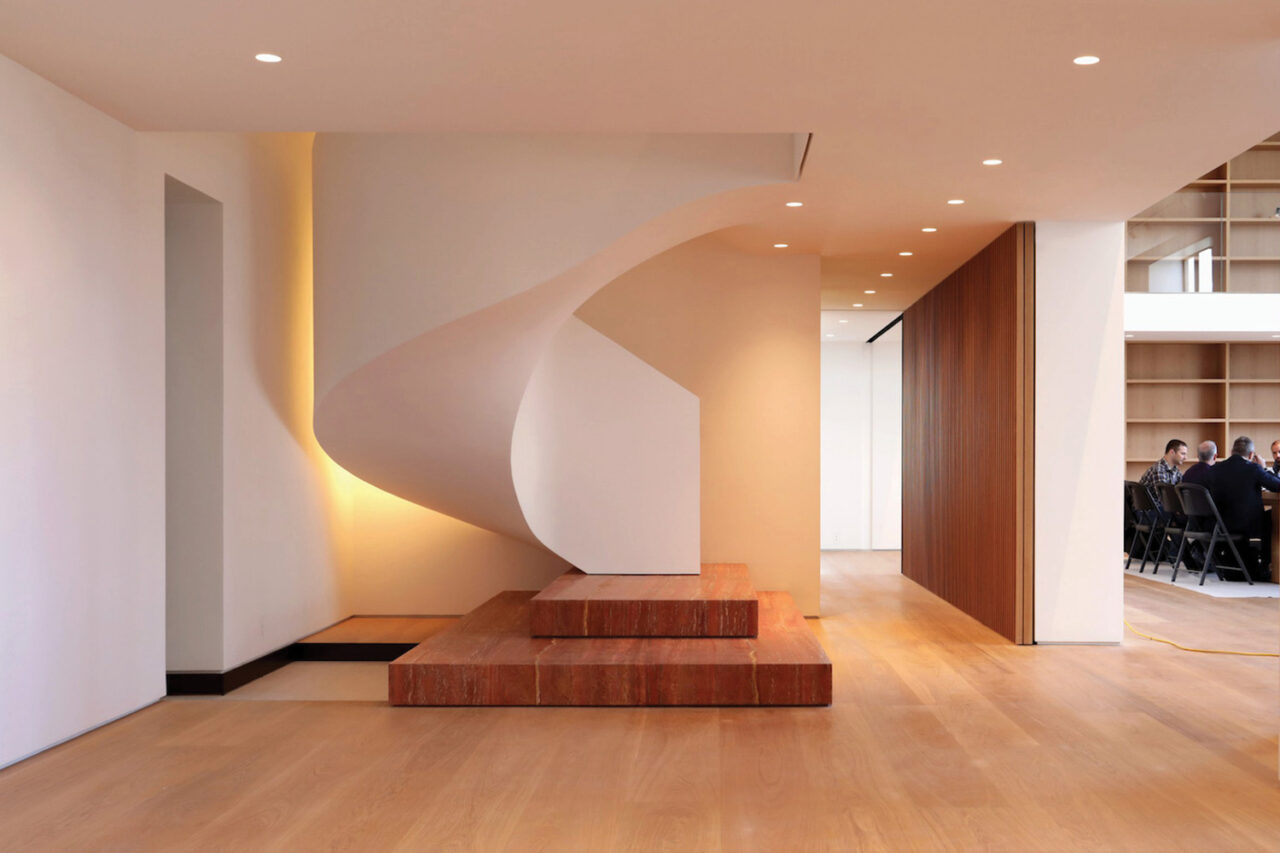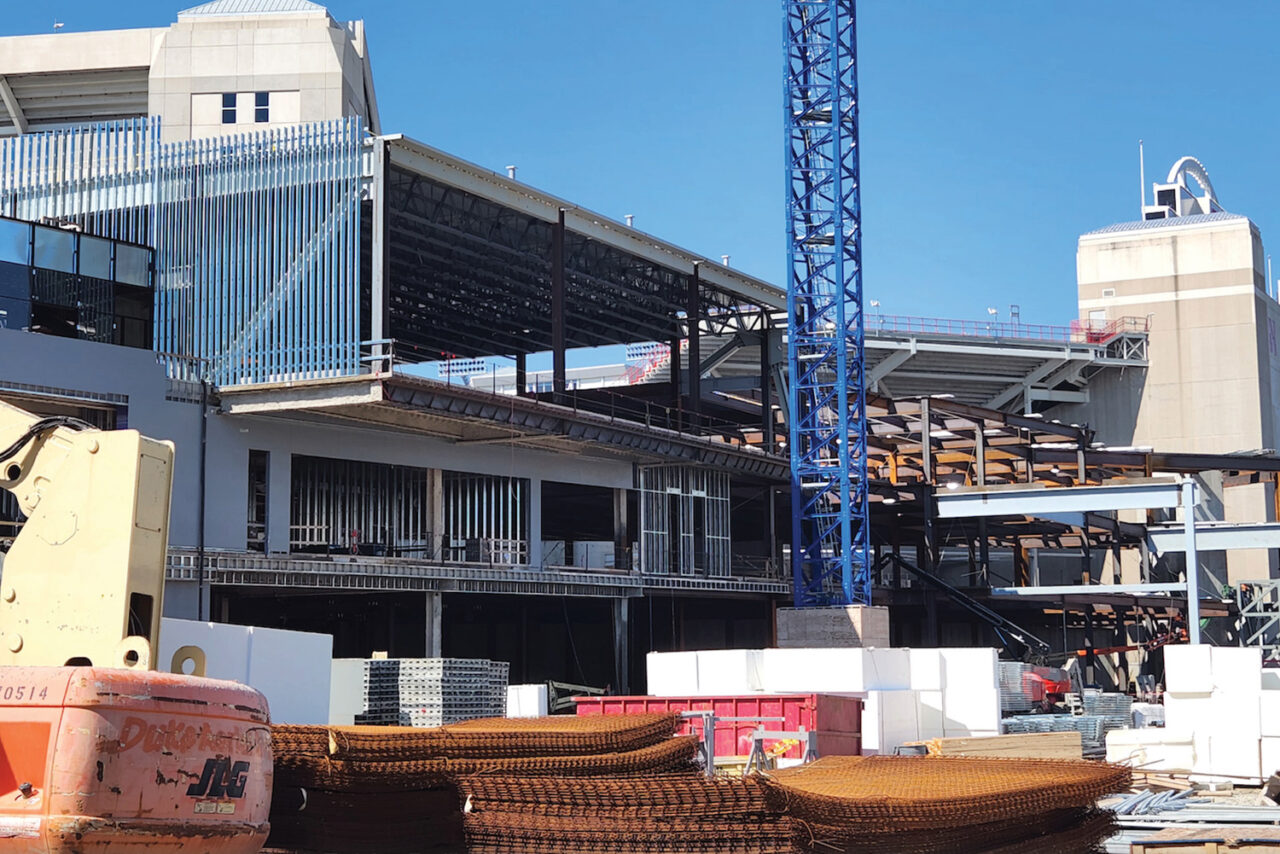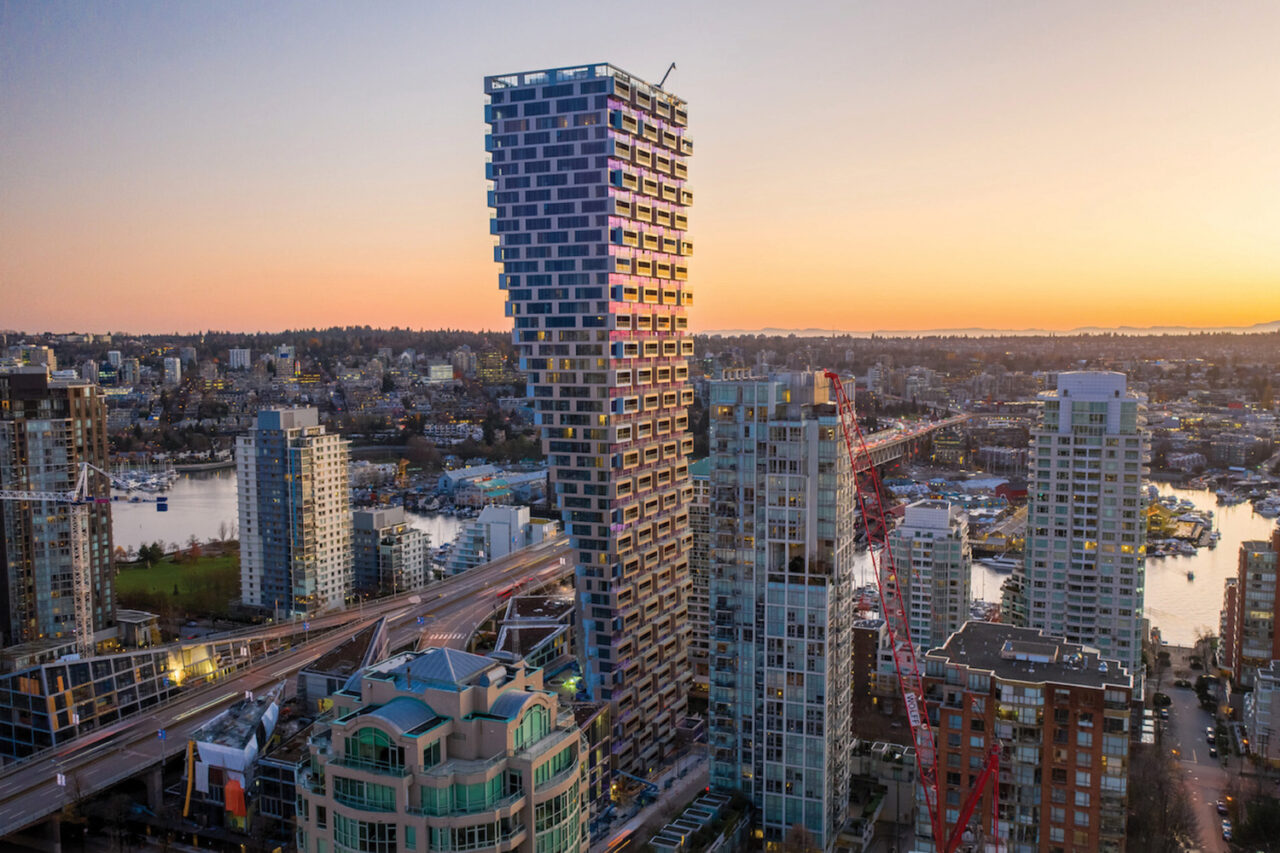by: AIA New York
Combining an architect’s sensibility with superior engineering proficiency, Erleen Hatfield, FAIA, PE, F.ASCE, pushes design beyond expected limits. By developing and applying pioneering technologies, devising technically complex structural solutions, and incorporating sustainable systems, she brings ambitious projects to life. The founder of Hatfield Group Engineering, Hatfield is widely recognized as one of the industry’s leading engineers, with over 25 years of experience in the structural design of buildings including arenas and sports venues, academic centers, mixed-use towers, and cultural destinations. She frequently speaks on sustainability, innovative structural design, advanced computational design methods, and the intersection of engineering and architecture at A/E/C conferences worldwide. Her experience includes over 12 years at Thornton Tomasetti and 10 years as a Partner at the global engineering firm Buro Happold. She has co-taught systems integration at Yale School of Architecture with Martin Finio for over 10 years. She holds degrees in both architecture and engineering.
This year, the Jury of Fellows of the AIA elevated Hatfield to its prestigious College of Fellows in the second category of Fellowship, which recognizes architects who have made efforts “To advance the science and art of planning and building by advancing the standards of practice,” according to the organization’s definition. Only three percent of the AIA’s membership is distinguished with Fellowship. Hatfield’s distinction will be celebrated at the AIA Conference on Architecture from June 5–8 in Washington, DC, and was also recognized at AIA New York’s Center for Architecture during the 2024 New Fellows Celebration.
Q: What is influencing your work the most right now?
Right now, my work is being most influenced by the challenges I think architecture and engineering can help solve. Chief among them is climate change. I’ve been exploring new structural systems and materials that minimize embodied carbon, including engineered wood and green concrete alternatives. I’ve also been interested in the technologies that help us measure and reduce embodied carbon in our buildings, like EC3. We have to change the way we build to ensure a net-zero future. Just as importantly, though, is changing how much we build. The most sustainable building is the one that’s already built. Demolishing and redeveloping comes at a huge carbon cost. So, I have also been exploring how structural systems can make buildings more flexible and adaptable. Designing for greater loads in case the use of a building needs to shift from residential to commercial or light industrial, for example, can drastically increase its lifespan. That’s a way to make our buildings both more sustainable and more economically viable.
Q: How/why did you decide to pursue structural engineering?
I’ve always been fascinated with buildings. My first degree is in architecture, but during the course of my studies, I became more and more intrigued with how buildings worked. I have also always been interested in how structural engineering can make great architecture possible and empowered architects to make daring buildings. I think of the engineering innovations in reinforced concrete that were essential to so many of the great works of modernism. Some of the innovations we’re working with today, whether material ones like mass timber or technological ones like parametric engineering, are empowering architects to similarly explore new architectural languages and reshape our built realm.
Q: What are your thoughts on architectural education today?
I am very optimistic about architectural education today. The emphasis in universities on the challenges we face today—from climate change to the housing crisis, just to name two—have been enthusiastically taken up in architecture programs. Its inspiring to know the next generation of great architects will have been taught that this is a problem the industry has to help solve. I’m also seeing more interdisciplinarity in architectural studies. Yale School of Architecture, where I teach, is one of the many universities with architecture programs that encourage students to think of buildings holistically, and not just from an architectural design standpoint. The Systems Integration class at Yale guides students through thinking about how some of the more technical aspects of the project like structural and mechanical systems impact their design. This kind of thinking across boundaries will be essential if architecture is to address the challenges of the 21st century.
Q: What do you think are the biggest challenges, or opportunities, facing cities today?
Sustainability. Our planet depends on innovation. We have to change the way we build. The AEC industry is responsible for almost 40% of global carbon emissions annually. More than half of that is embodied carbon, the emissions associated with manufacturing and transporting the materials we use. By far the biggest embodied carbon costs are structural materials, especially concrete and steel. Some of the most impactful innovations in architecture today—things like using sustainable mass timber systems or green concrete—require new ways of thinking about and designing structures.
Q: What are some of your favorite recent projects that you’ve worked on?
Some of the most fulfilling projects I’ve worked on demanded creative collaboration with the architect and inventive engineering to advance and realize the design vision. It’s our process—our willingness to iterate, take risks, and actively participate in the concept design—that makes some of the world’s foremost architects want to work with us. The Atlanta Falcons Mercedes-Benz Stadium is one example—its 8-piece moving roof is an architectural marvel that relies on engineering innovations. I and my firm are currently working on the Memphis Brooks Museum of Art with Herzog & de Meuron and archimania, a new museum in Tennessee that uses mass timber as a structural system. Creative engineering is playing a critical role in thinking through how this system can make an inviting and museum-quality experience.
Editors’ Note: This feature is part of a series celebrating the members of the American Institute of Architects (AIA) New York Chapter who are elevated each year to the AIA College of Fellows, an honor awarded to members who have made significant contributions to both the profession and society. Learn more about Fellowship here.








